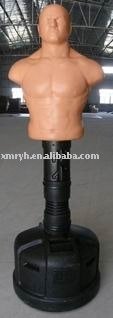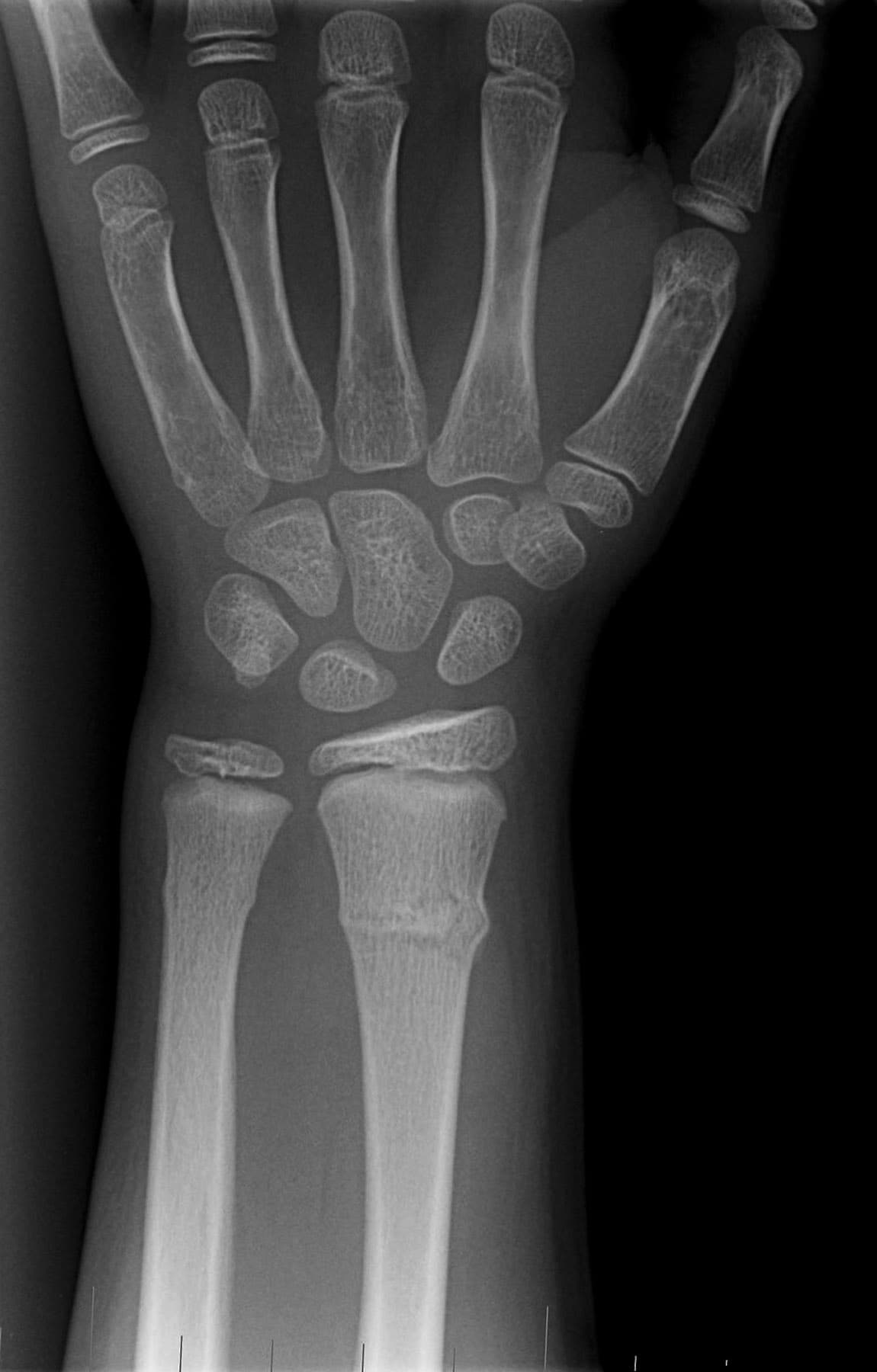So this is a complaining post. I’m complaining about the fact that there are no good punching bags in any of the gyms I’ve been in on Fort Bragg, and I’ve been in most of them.
I’m serious, this is an issue to me.
 You would think, on a military installation a punching bag, in fact, multiple punching bags, would be standard equipment. They had one hanging up in the student gym at the medic school, but it was pretty worthless. It was one of the kind that hangs up on the metal frame with the two support pipes running to the floor on either side of it. Perfect for breaking your foot on if you do a round house kick just a little off target. It needed to be weighed down with several hundred pounds worth of weight plates just to keep it flying across the floor. But it was better than nothing. Then the cadre got angry at us for denting the floor by dropping weights on it so the closed the gym to students and it became the cadre gym.
You would think, on a military installation a punching bag, in fact, multiple punching bags, would be standard equipment. They had one hanging up in the student gym at the medic school, but it was pretty worthless. It was one of the kind that hangs up on the metal frame with the two support pipes running to the floor on either side of it. Perfect for breaking your foot on if you do a round house kick just a little off target. It needed to be weighed down with several hundred pounds worth of weight plates just to keep it flying across the floor. But it was better than nothing. Then the cadre got angry at us for denting the floor by dropping weights on it so the closed the gym to students and it became the cadre gym.So then I brought my own personal punching bag in and hung it up in the quad by the barracks. It was a perfect set up. Alas, there was a small cut on one surface of the bag, and with too many people abusing it and not using it properly and constant exposure to the elements, it ripped open. I took it down planning on repairing it, but the Sergeant Major had it thrown away because it was an “eye-sore”. My punching bag! The one that I paid good money for.
A gym just across the street came to my rescue, though, They opened up a boxing room and a grappling room. The grappling room is a 20’ x 20’padded room with good quality matts, and the boxing room had six short bags and two long bags hanging from two stands. As soon as I saw the stands, I knew they wouldn’t last long. Each stand consisted of a single steel post going straight up into the air and branching into a four sided frame. It stood on a 12” x 12” metal plate, held in place by four bolts into the concrete. The leverage was so obviously too great for the bolts that I couldn’t believe anyone had seriously paid money for it. Some fat civilian contractor who has never thrown a punch in his (or her) life probably okayed that purchase. At any rate I used the heck out of it for about a month and a half before the kicking accumulated, and then came the one kick so hard that the bolts ripped clean out of the concrete. After that the gym took down the bag stands and has not responded to any of my inquiries about when they will replace them. The people at the desk tell me I should, “Take it up with the committee.” Something about budgeting. Please! They have the bags. I’ll go down to Lowes and pick up all the stuff I need to hang them so that they will never break, and it would cost me about fifty bucks.
 I bought another punching bag and hung it up again in the quad, and I did a lot of good training on it. Then somebody took it down while I was on clinical rotation, and I have no idea what happened to it. Probably another “barracks cleanup”. How by any stretch of the imagination does a punching bag constitute a non-military appearance? A barracks without a decent punching bag is the disgrace, in my opinion.
I bought another punching bag and hung it up again in the quad, and I did a lot of good training on it. Then somebody took it down while I was on clinical rotation, and I have no idea what happened to it. Probably another “barracks cleanup”. How by any stretch of the imagination does a punching bag constitute a non-military appearance? A barracks without a decent punching bag is the disgrace, in my opinion.
The gym tried to set up a punching bag stand with a water filled base, but I kicked the top off of it with my third kick. It was a lousy design.
Now they have fallen back on the muscle guy dummies. These are not as good as a bag for hitting because of two flaws. The rubber they are made out of is too soft, and if you hit them too hard they fall over and you have to pick them back up again. Still, better than nothing.
So yesterday I threw 800 punches on one of those dummies. My left hand is a little bloodied. The space between the knuckles of my pointer and middle fingers blistered and ripped, and I got a small rip on the knuckle of my pinky. That’s the problem with punching rubber, it creates more friction, and my left hand wasn’t ready for it, but my right hand is still like a rock.
I sometimes say that the perfect fitness program requires very little equipment. At a minimum you need something to lift, something to hang from, and something to hit. Of those three, hitting things is possibly the most satisfying. There is just something about a solid, perfectly placed punch that pleases me. Deep down inside I enjoy it. When every muscle and bone in my body works together as a single unit, all contracting, twisting, tightening and cracking like a whip, in perfect cooperation as fast as you could blink, and the whole force and weight of my 210 lbs smacks into the leather focused behind the point of a single knuckle, it’s just satisfying. It really is. You have to experience it to understand it.
But it is important to me, both as an esoteric exercise and as a practical skill. I firmly believe that every man needs to know how to throw a proper punch at a bare minimum. How much more every soldier? Can you, then, explain to me why a punching bag is not a standard fixture in every barracks in the army?
I can’t.


